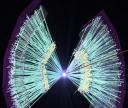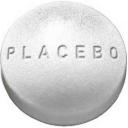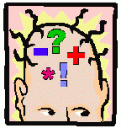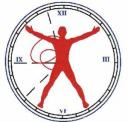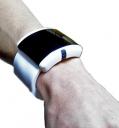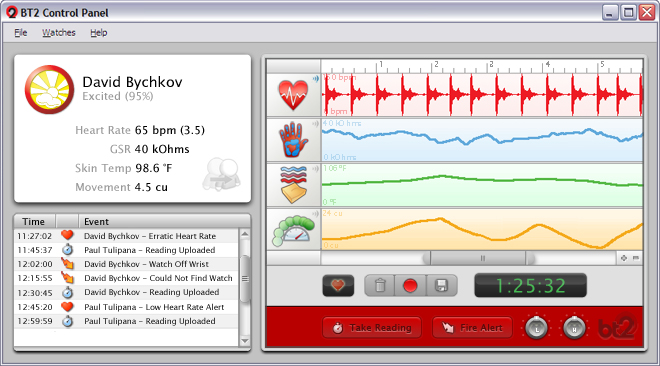Why We Make the Design Choices We Do
Thursday, July 30th, 2009 The field of design psychology tries to understand why we make the design choices we do. What causes me to prefer and choose one interior design over another, one architectural/home style over another? The basic argument in the excellent book, Some Place Like Home: Using Design Psychology to Create Ideal Places, is that it is early childhood experiences in your father’s den, grandfather’s workshop and grandmothers kitchen that are the root cause of your design choices.
The field of design psychology tries to understand why we make the design choices we do. What causes me to prefer and choose one interior design over another, one architectural/home style over another? The basic argument in the excellent book, Some Place Like Home: Using Design Psychology to Create Ideal Places, is that it is early childhood experiences in your father’s den, grandfather’s workshop and grandmothers kitchen that are the root cause of your design choices.
Not only does this strongly determine consumer choice but also the decision making process of architects and other professional designers.
Talk about probing the mind of your customer! Of special interest to cognitive designers is the toolkit (see environmental autobiographies) and the emphasis on designing for positive change.
